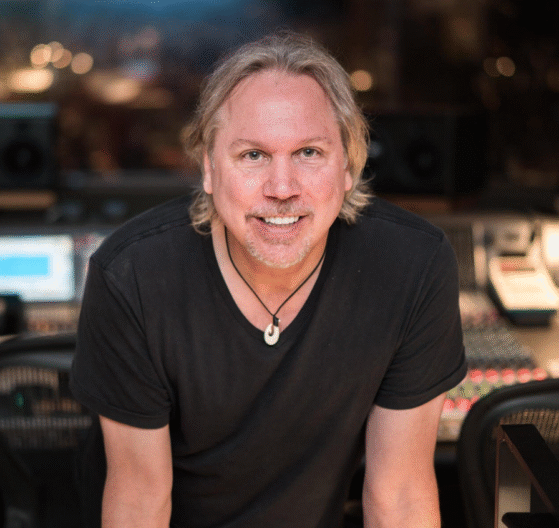 When you think of 1990s action movies, chances are the explosive tension of Speed (1994) comes to mind — and while Keanu Reeves, Sandra Bullock, and a rogue bus certainly steal the spotlight, Mark Mancina’s adrenaline-pumping score is the real fuel that keeps it all racing forward. As one of the breakout action scores of the decade, Speed marked a major shift in the way blockbuster thrillers would sound moving forward. Bold, percussive, and constantly in motion, the music didn’t just follow the action — it became the action.
When you think of 1990s action movies, chances are the explosive tension of Speed (1994) comes to mind — and while Keanu Reeves, Sandra Bullock, and a rogue bus certainly steal the spotlight, Mark Mancina’s adrenaline-pumping score is the real fuel that keeps it all racing forward. As one of the breakout action scores of the decade, Speed marked a major shift in the way blockbuster thrillers would sound moving forward. Bold, percussive, and constantly in motion, the music didn’t just follow the action — it became the action.
A New Kind of Action Score
Before Speed, action film music often leaned orchestral, sometimes jazzy or heroic in the John Williams tradition. Mancina, a protégé of Hans Zimmer from the Media Ventures camp, injected something different: an industrial, rhythmic urgency with heavy use of brass stabs, propulsive percussion, and synthetic textures that gave the score a modern edge. The Speed theme is instantly recognizable — short, sharp motifs that mirror the unstoppable forward motion of the film’s plot. There’s no time for sweeping themes; this is music that moves.
In a way, Mancina’s work here was as much about sound design as composition. Synth layers were treated like instruments, blending with live orchestra in a way that felt seamless and fresh at the time. This hybrid style would go on to define many action scores in the years that followed.
The Score as a Character
One of the most remarkable things about the Speed soundtrack is how it acts like a character in the movie. It communicates urgency, foreshadows danger, and almost manipulates your pulse to match the pacing of the film. During the film’s more intense moments — the bus jump scene, for example — the score ramps up so aggressively that you almost forget to breathe. This wasn’t background music; it was the heartbeat of the film.
Director Jan de Bont leaned heavily into Mancina’s sonic world, giving the composer space to make music that wasn’t just supportive, but central. Speed showed what happened when a score wasn’t just added in post — it was baked into the DNA of the film’s editing and mood.
Legacy and Influence
Speed helped launch Mark Mancina’s career into the A-list and cemented the Media Ventures sound as the go-to blueprint for action music well into the 2000s. It paved the way for scores like Trevor Rabin’s Armageddon and even influenced the tone of Zimmer’s own later works. The ripple effect reached TV as well, with many network action series mimicking Mancina’s energetic, modern style.
While Mancina would later diversify into Disney territory (Tarzan, Moana), his work on Speed remains a cult favorite — less flashy than Gladiator, less iconic than Die Hard, but absolutely essential in the evolution of action scoring. And let’s be honest: Speed just wouldn’t be Speed without that music keeping the pedal to the metal.